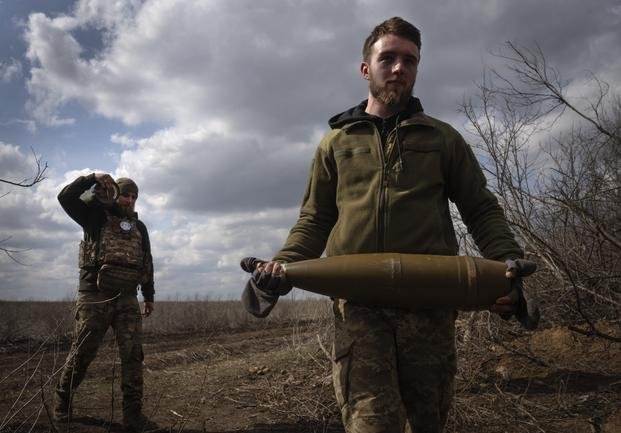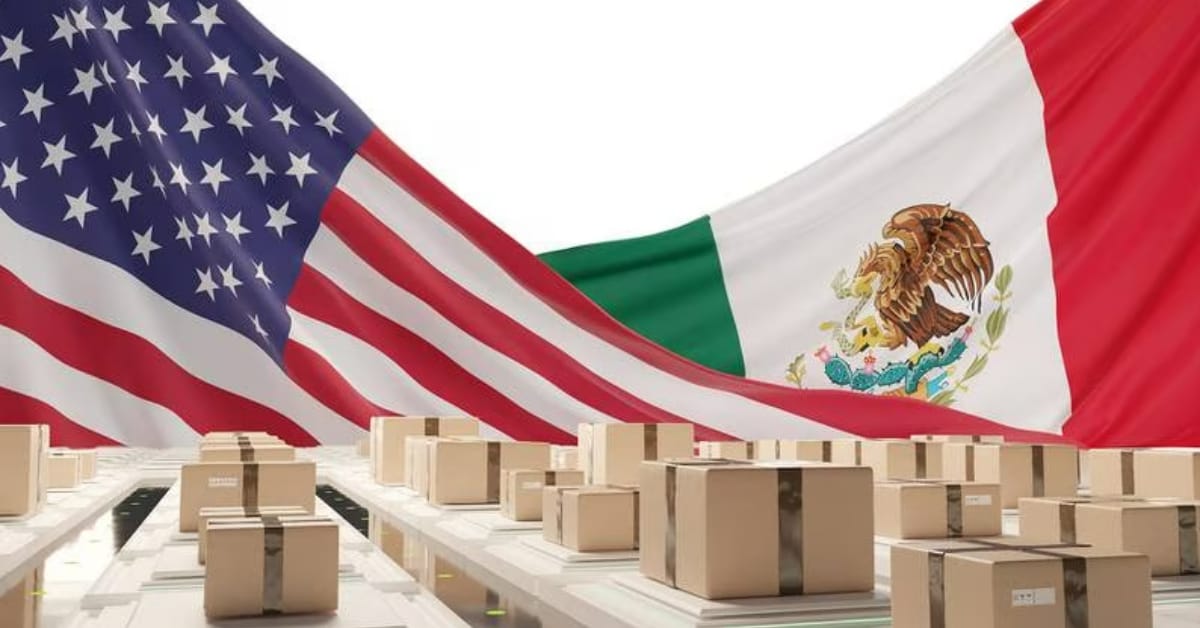Alright folks, buckle up, because Washington just confirmed something that feels…well, a little surreal. The US and Russia are heading back to the negotiating table – Istanbul, to be precise – on April 10th. A second round of talks, they’re calling it. And honestly, I’m looking at this with a hefty dose of skepticism.

They’re saying this isn’t about Ukraine, not about the ongoing clusterfuck that is the geopolitical landscape, and definitely not about patching up the broader, deeply fractured relationship. No, no. This is solely focused on getting those embassies functioning again. Seriously? That’s the hill they’re choosing to die on? It smells like posturing to me.
State Department spokesperson Tammy Bruck (great name, by the way) was crystal clear: no political or security issues will be discussed. Just the nuts and bolts of embassy operations. Sounds…limited, doesn’t it? Like rearranging deck chairs on the Titanic.
But let’s be real, the elephant in the room is Ukraine. Bruck tossed out the line that full US-Russia normalization won’t happen until Ukraine finds peace. Obvious, right? So why bother with these talks if the fundamental issue that’s blowing everything apart isn’t even on the table? It’s a classic diplomatic dance, a show for the cameras.
Quick Knowledge Nugget – US-Russia Diplomatic Channels:
Historically, even during the Cold War, maintaining some form of diplomatic channel – however strained – was considered crucial. It prevented miscalculation and potential escalation.
Talks like these, even if narrowly focused, can serve as essential ‘back channels’ allowing for basic communication. This isn’t about trust; it’s about risk mitigation.
Embassy functions are critical for consular services, protecting citizens, and gathering intelligence. Even limited functionality provides a crucial lifeline.
Normalization of relations, however, is fundamentally tied to the resolution of major conflicts and alignment on key security concerns. Ukraine remains that core issue.




